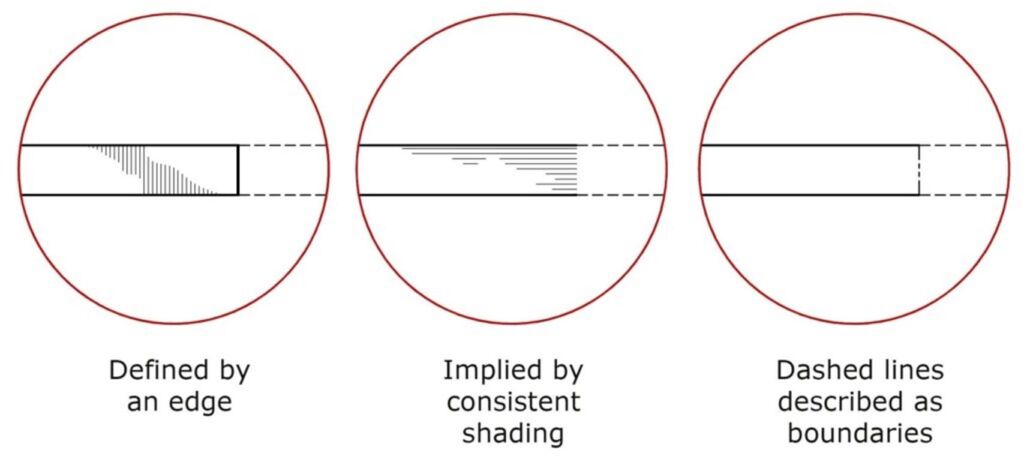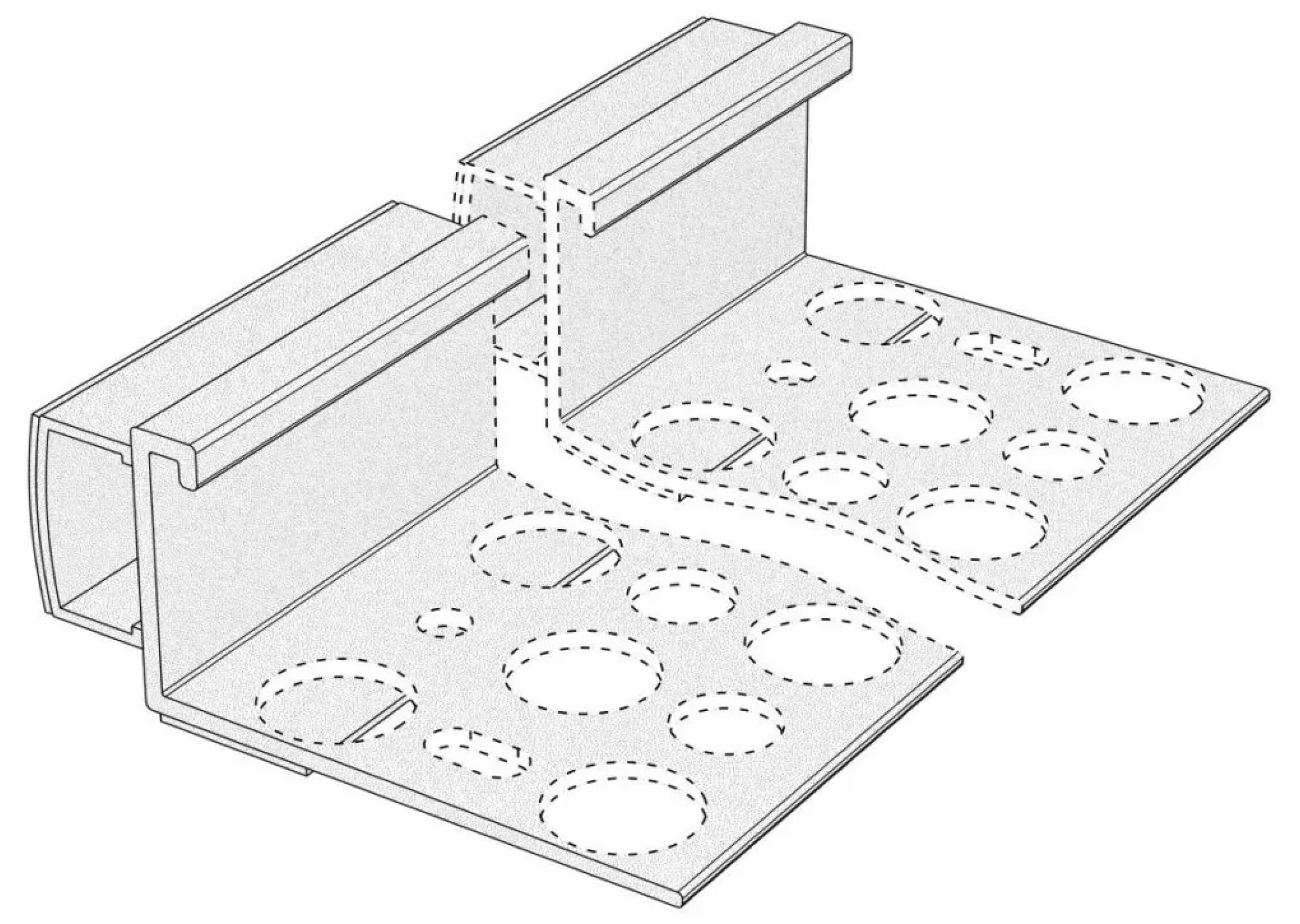
Mastering the Art of Design Patent Claims: Defining the Metes and Bounds Effectively
Claiming with Precision: The Art of Defining Design Patent Boundaries
In the realm of design patents, clarity is king. Much like a property owner meticulously outlining their land’s metes and bounds, patent attorneys must precisely delineate the boundaries of a design patent. This article explores effective strategies for setting these crucial boundaries, paralleling the precision required in property law.
Defining Boundaries by an Edge
The first method involves using real-life edges to demarcate the patent’s scope. This approach is straightforward: solid lines indicate the design features claimed, while broken lines represent disclaimed areas. This dual-line system effectively communicates which parts of the design are under patent protection and which are not.
Utilizing “Boundary Lines”
In cases where a design lacks a tangible edge, “Boundary Lines” come into play. These are special lines, typically dashed and distinct from those used to show non-claimed areas or the environment. They define the limits of a design when a physical boundary doesn’t exist. If a boundary line forms part of the claimed design, it’s depicted with solid lines. This method helps in visually conveying the extent of the claim where physical demarcations are absent.
Implying Bounds Through Constant Shading
Another innovative approach is using constant shading to imply boundaries. This technique is particularly useful when the design’s boundary doesn’t have a real-life counterpart. The shading extends to the boundary, with the end of the shading indicating the limit of the claim. This method is intuitive, using visual cues to demonstrate where the patent’s protection ends.

Accurately setting the metes and bounds of a design patent is crucial for protecting intellectual property effectively. Methods like using edges, boundary lines, and shading play a pivotal role in this process. Our stipple drawings further streamline this task, offering a clear and innovative solution for patent attorneys and their clients. These drawings distinguish clearly between stippled areas, representing the claimed design, and dashed-out areas for disclaimed parts. Stipple drawings offer a nuanced yet clear way of setting up the metes and bounds of design patent claims, enhancing the clarity and precision necessary for successful patent applications.
Recommended Webinars
Delve deeper into the topics discussed in this article by attending our webinars. These sessions provide further insights and offer the chance to interact with experts in design patent drafting and illustration.
- Design Webinars: Avoiding Non-Correctable Errors in Design Patents:: Discover how to avoid non-correctable errors in design patents and ensure the success of your applications in this informative webinar by IP DaVinci.
- Design Webinars: Handling Advanced Scenarios in Design Patents: Explore strategies for handling advanced scenarios in design patents in this insightful webinar by IP DaVinci, enhancing your ability to navigate complex cases.
- Design Webinars: Cost and Time Saving Tips for Design Patent Drawings: Learn cost and time-saving tips for design patent drawings in this practical webinar by IP DaVinci, aimed at streamlining your patent application process.
Provide Feedback
We value your feedback! Let us know how we can improve or what topics you’d like to see next.
Connect with Mike
Have questions or need support? Connect with Mike for personalized assistance.
Share Your Experience
Found our series helpful? Share it with your network and help others benefit too!